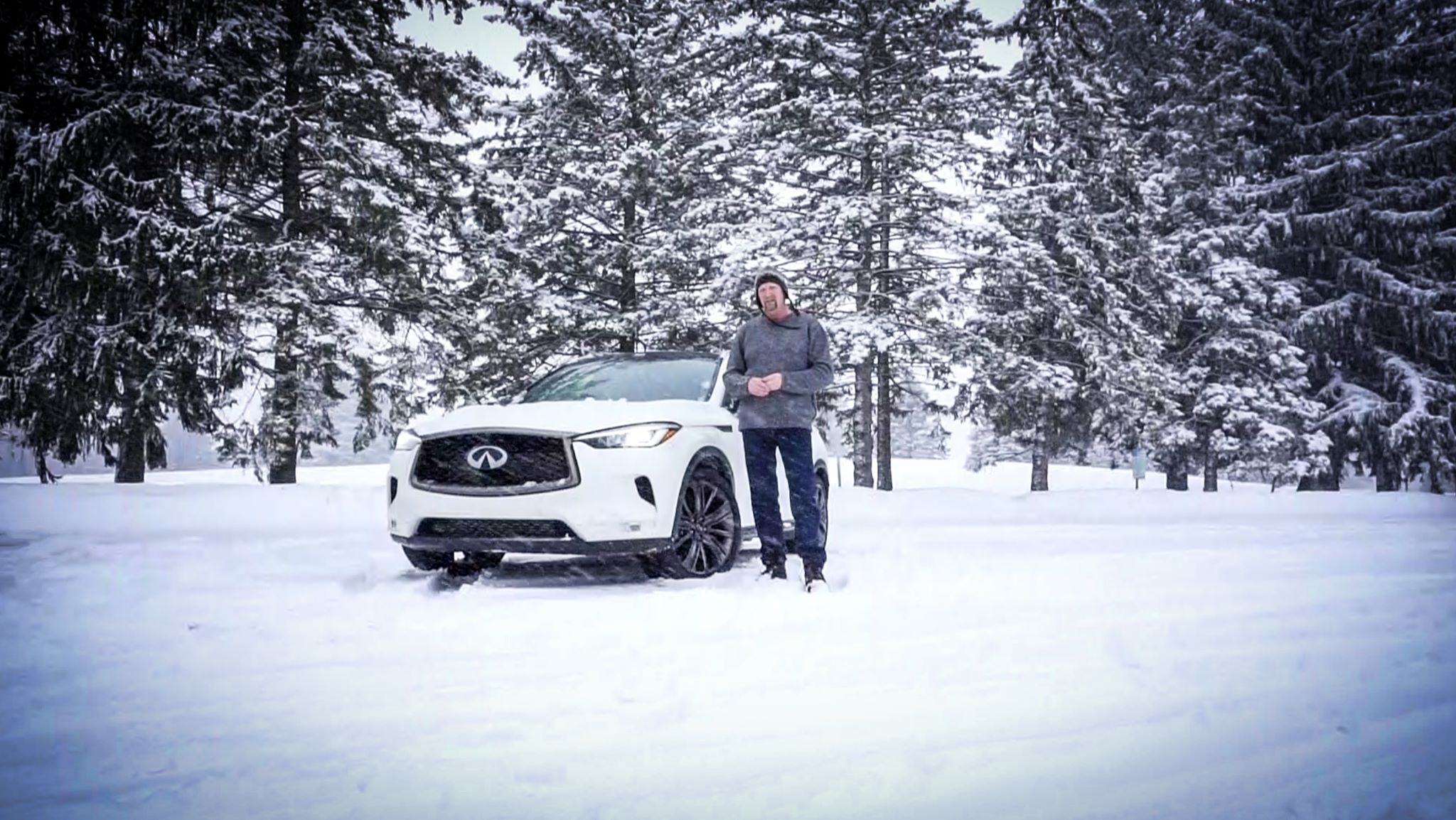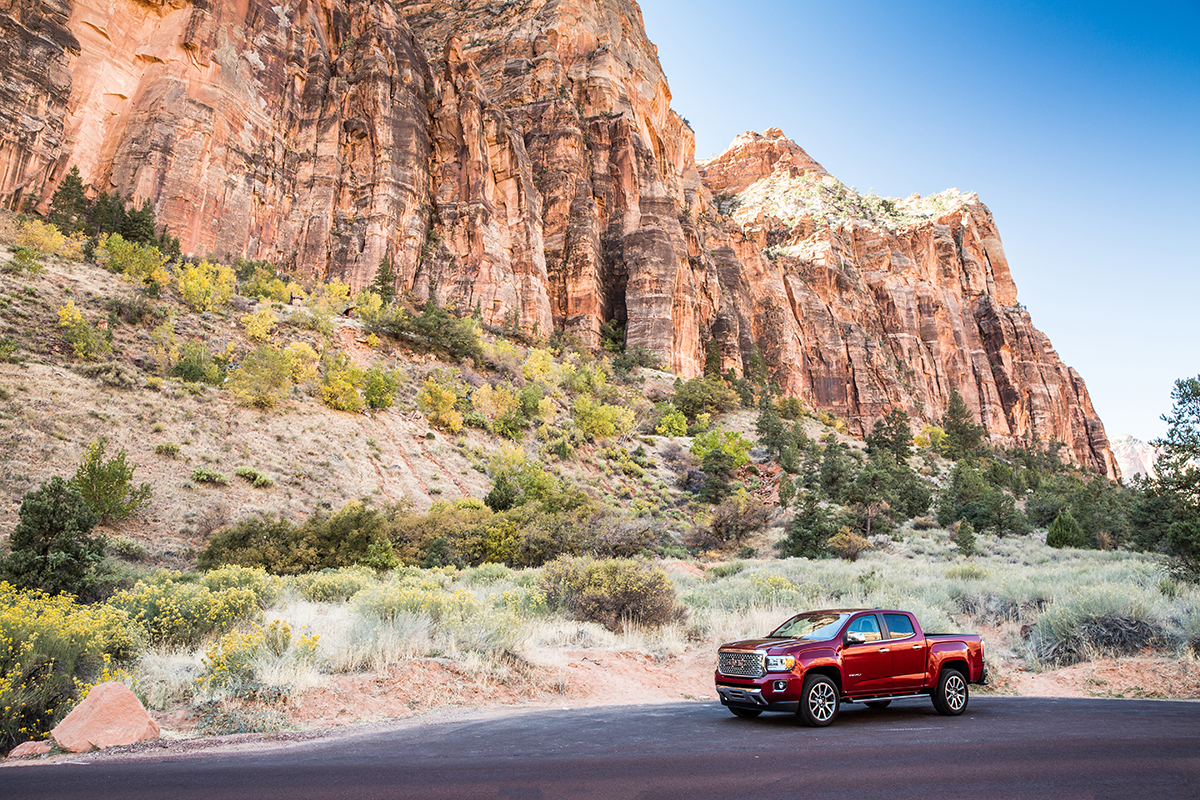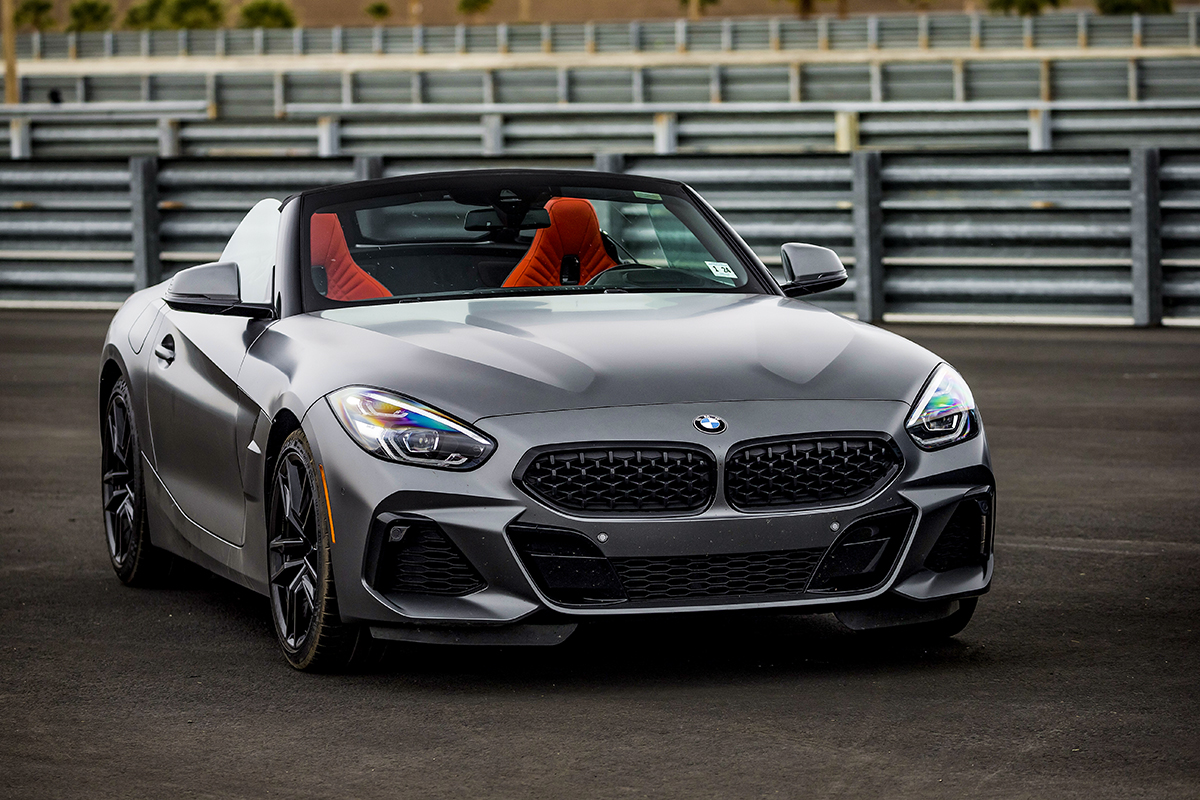Driven: BMW M3 and M4. The heart and soul of BMW.
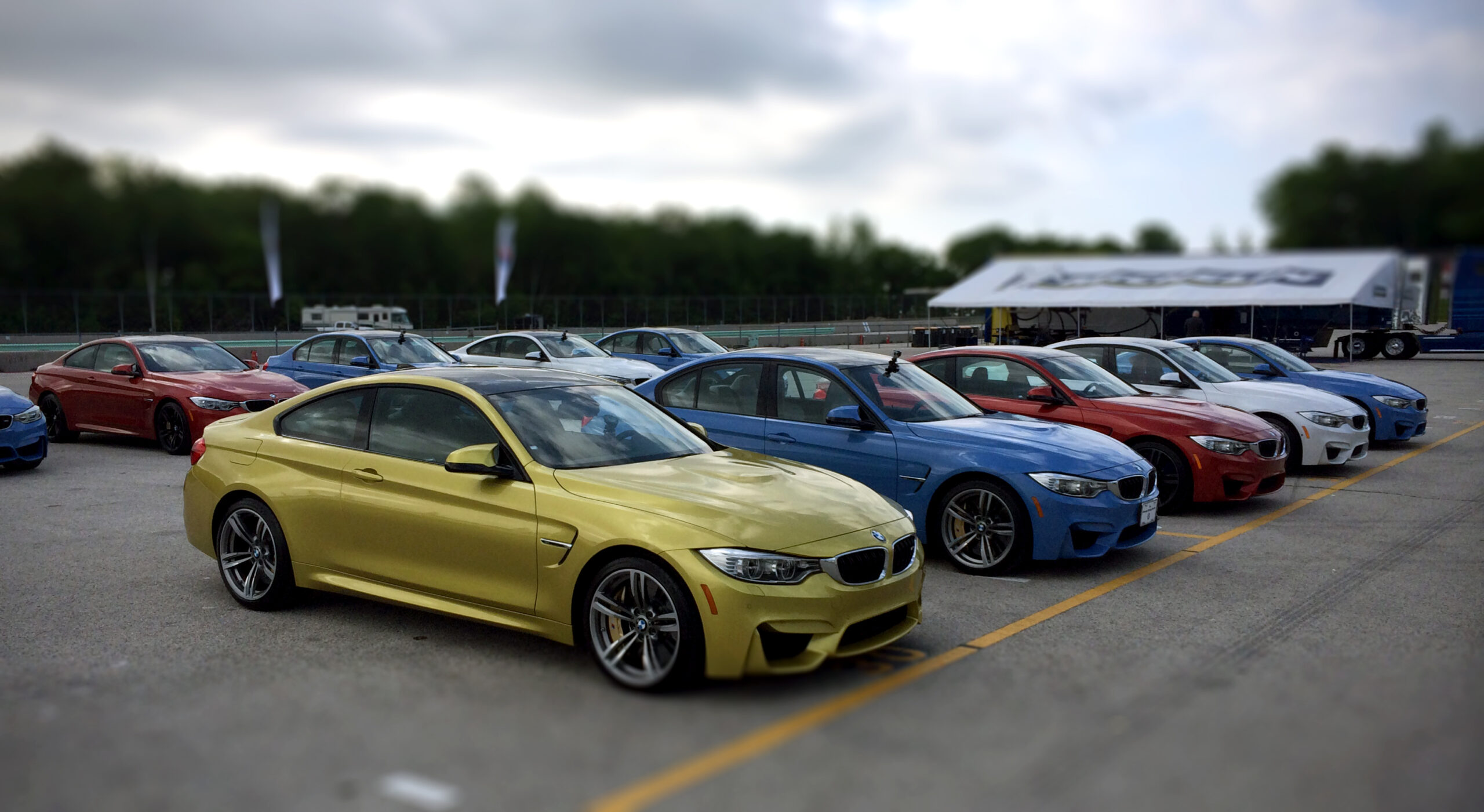
For decades, BMW has billed itself as “The Ultimate Driving Machine.” And while the X series SUVs are excellent vehicles for suburban families with sporting intentions and the i3 is an important step forward in the development of electric cars, I’d be hard-pressed to describe them as ultimate driving machines. They do, however, bring a bit of BMW to otherwise non-sporting product categories.
For those who want more than a bit of BMW, however, there is M. Specifically the new M3 sedan and its fraternal twin, the M4 coupe. While BMW has to sell the X Series SUVs and 7 Series sedans to protect their profits, they have to sell M-cars to preserve their soul.
If you can stand a little history lesson, let’s start at the beginning. BMW’s M division is an actual subsidiary of BMW, not just a letter they put on the car. It came into being in 1972 to build cars specifically designed for motorsports, hence the M. Until 1978, that’s all the division did.
That’s when they introduced their first road car, the M1 which was not much more than a race car made legal for the streets. Interestingly that is exactly how Albert Biermann, the 6’5” VP of Engineering for BMW’s M Division, described the M4.
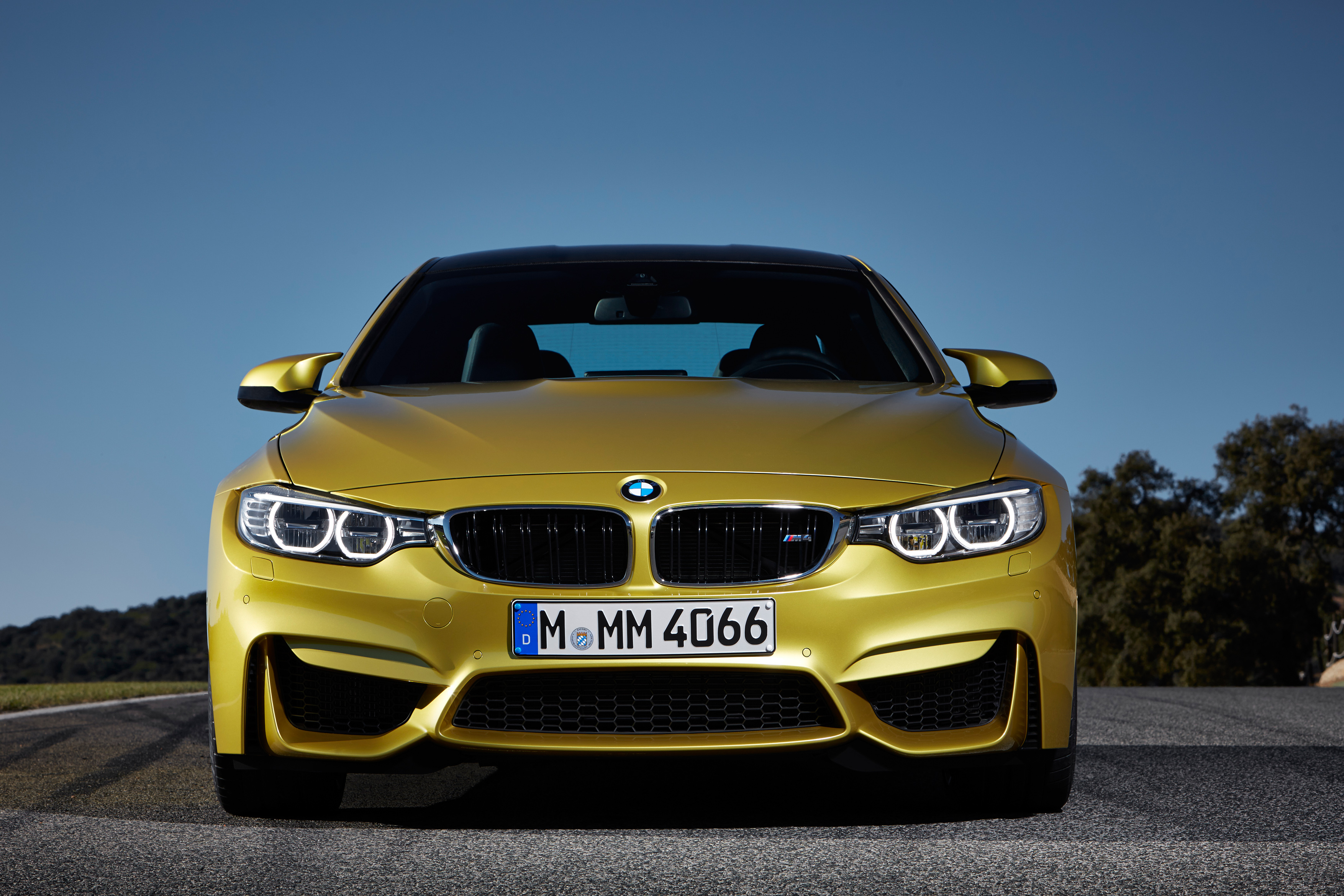
(The M3 and M4 are essentially the same car. The only major difference between them is the number of doors. So for the purposes of this review, I’ll be referencing the M4, because that’s the car I spent the most time in, but pretty much everything I say also applies to the M3.)
The first place this commitment to race-like performance really shows is in the obsessive way in which Biermann and his team worked to put the M4 on a diet.
Starting with the powertrain, they reduced the mass of nearly every rotating component – driveshaft, pistons, connecting rods, flywheel, transmission driveshaft, rear axles, and wheels – to shorten the time it takes for the M4 to reach its 7,600 RPM redline. The weight reduction program shows in other areas as well, with the extensive use for aluminum in the frame, suspension and body panels. They also incorporated carbon fiber in the roof and drive shaft to reduce weight and maintain strength. The result is a car that’s over 180 pounds lighter than last year’s M3.
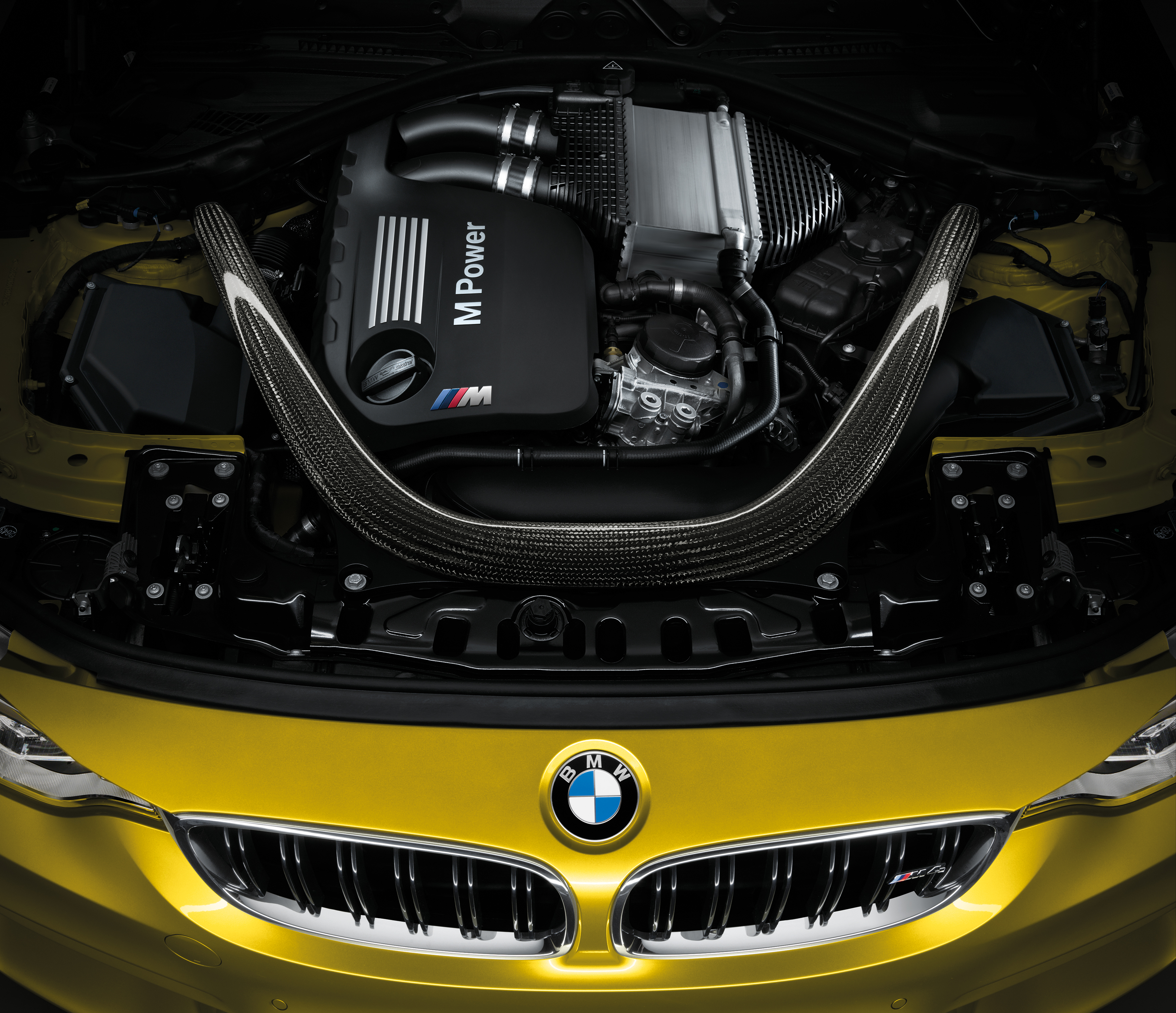
But weight is just one part of the three areas of motorsports performance. The second is power. And that’s where the all new S55 engine shines. A 3.0 liter twin-turbocharged in-line 6, it makes 425 horsepower and delivers 406 ft. pounds of torque at 1,850 rpm. With the 7-speed automatic transmission this will get you from 0-60 in 3.8 seconds. With the 6-speed manual, they’re estimating 0-60 times at just a tick over 4 seconds. Either way, what you’re getting is an engine that makes a lot of power at high RPMs like a race car, but delivers a lot of drive at low RPMs which plays well on the streets everyday. This balance is what separates the M4 from a lot of high-strung performance coupes. It has all the power you could ever want on the track, but delivers it in a way that works in the real world.
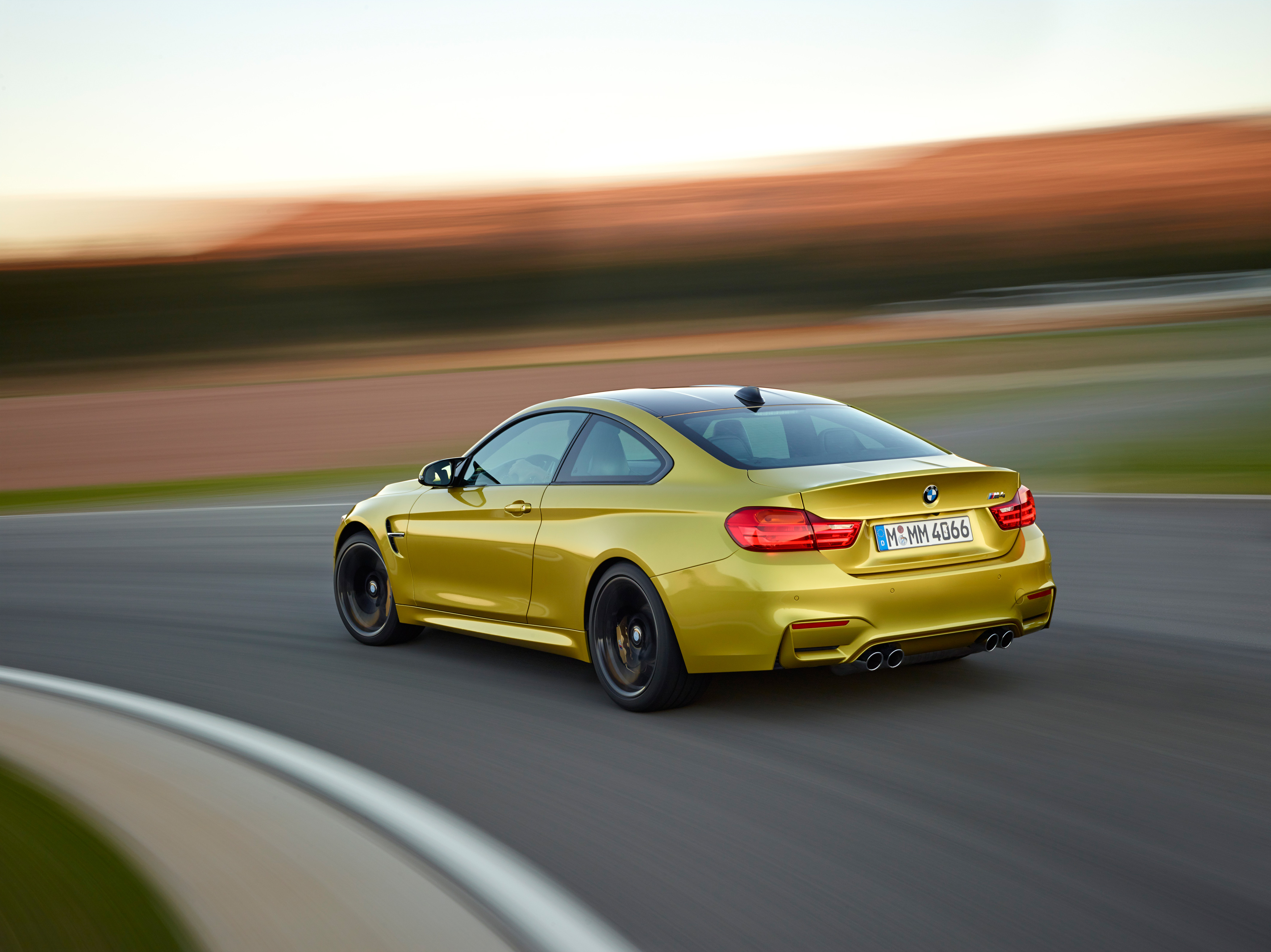
The 7-speed M Double Clutch automatic transmission is tuned to deliver exceptional performance especially when it’s in sport plus mode, providing positive up and down shifts at the right times on the track. There are, of course, paddle shifters at your fingertips if you want to take over and the response to those clicks are lightning fast.
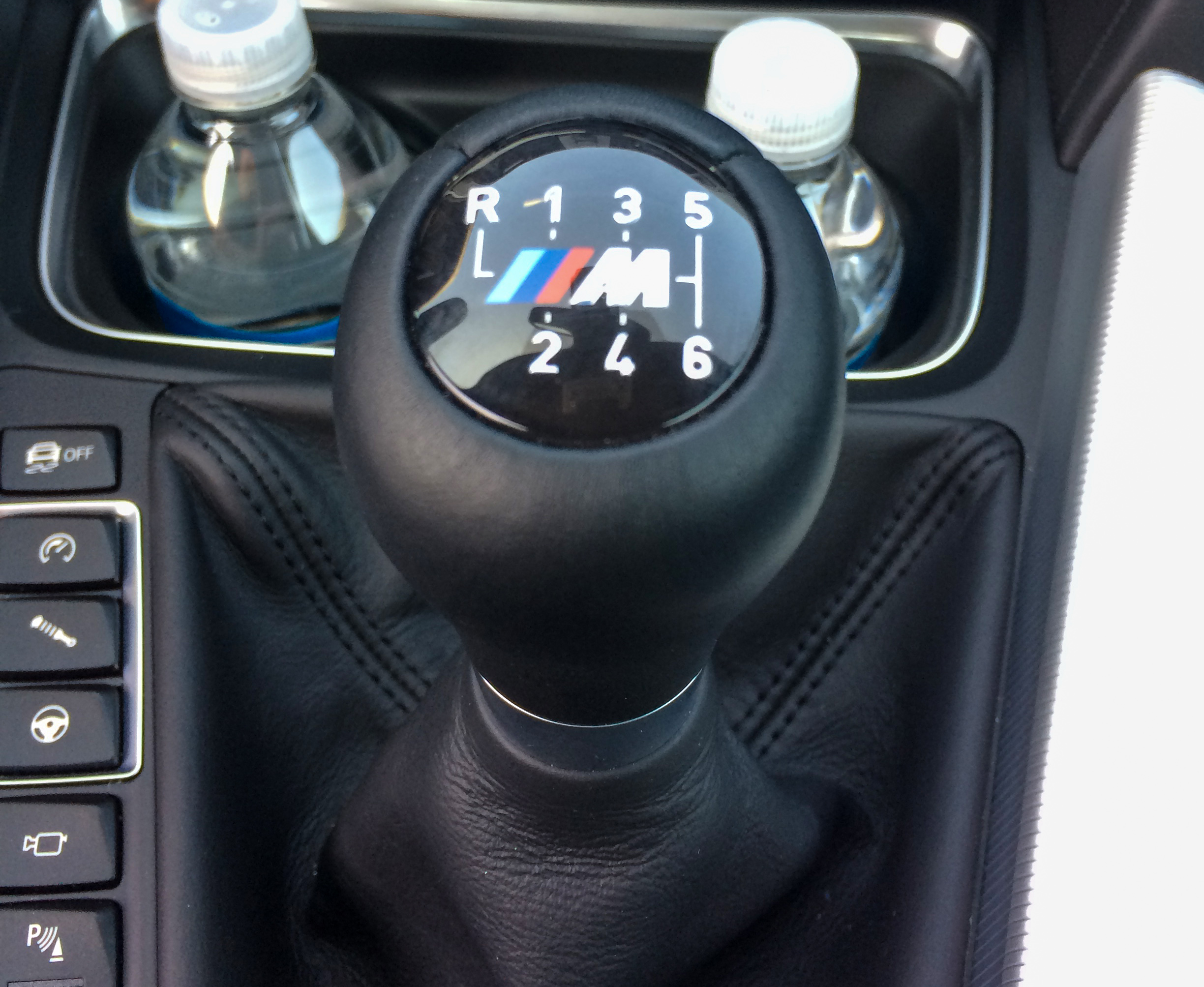
Here’s where I tend to differ from the majority of the people who will buy this car. While the 7-speed is amazing, and the launch control feature is a lot of fun, I’ll trade .3 seconds of 0-60 acceleration for a traditional 6-speed manual gearbox every day of the week. Driving a traditional manual, especially the magnificent gearbox in the M4, creates a connection between the car and driver that just isn’t replicated by the modern DCTs. I know they’re quicker – that’s why you see paddle shifters on Indy and F1 cars. But in a car like this, I’ll take a stick shift with a third pedal and be happier than a divorce attorney at a celebrity wedding in Hollywood.
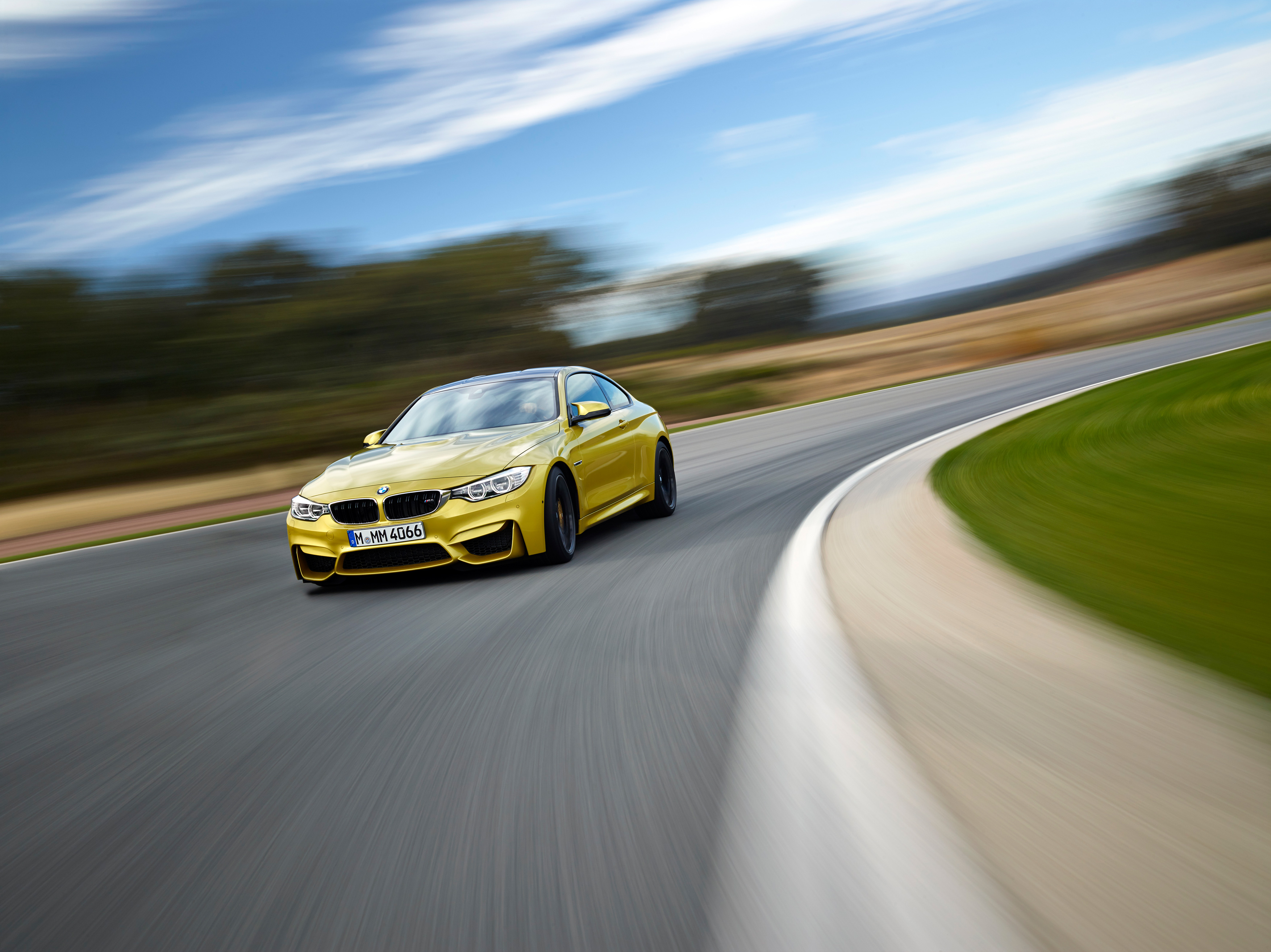
The third area of concentration for a performance car is handling. The power is put to down via a fully-independent multi-link suspension. Lightweight components help to reduce spring rates and keep the rubber planted firmly on the pavement. New for this year, BMW attached the rear control arms directly to the carrier without rubber bushings, improving directional control and stability. The optional adaptive M suspension allows you to choose different damper settings – Comfort, Sport and Sport+ – so you can balance handling and comfort based on the roads you’re on and the type of driving you’re doing.
The M4 is shod with Michelin Pilot SuperSport tires, 255/40 18ZR front and 275/40 ZR18 rear. A long time partner with BMW’s M division, Michelin burned through 38,000 tires in the development of this particular setup and the results were worth the sacrifice. The tires are faster in the dry, offering 12% better handling, and last two times longer than the previous generation tires.
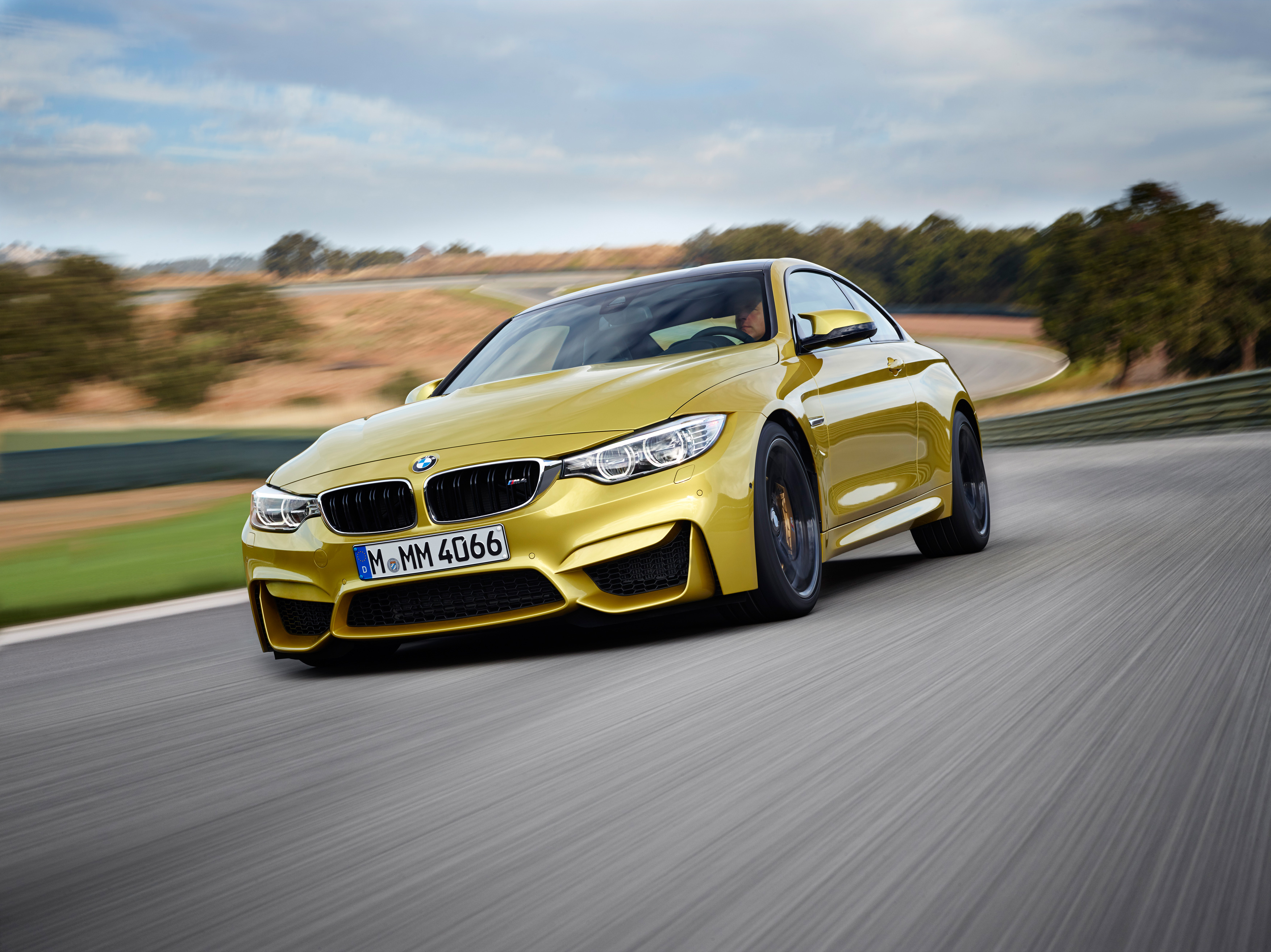
All the specification, performance numbers, features and components, however, don’t tell you whether a car is great or not, driving it does. And I was lucky enough to get to drive the M4 wide open on one of the most exhilarating race tracks in the country, Road America. If you’ve ever been there you’ll know why. First of all, it’s over 4 miles long. That’s a mile and a half longer than most road courses. It features 14 turns of varying radii and camber and three very long straights. From the nearly mile-long front straight where reaching the M4’s electronically limited 155 mph top speed is realistic to the fast sweeping Carousel that strains the limits of the M4s grip to Turn 5 a tight off-camber left hander that requires you to stand on the brakes to drop over 100 mph before entering, Road America is the perfect place to put a car like the M4 to the test.
In addition to testing the automatically equipped M4 on the track, I was also able to take an M4 with the standard, 6-speed manual on the winding Wisconsin back roads that surround the track. And here’s what I found.
The M4 is a car that inspires confidence. It’s incredibly easy to drive. And a joy to drive fast. Whether you prefer the automatic or the manual like I do, you’ll find a car that revs willingly and encourages you to test its limits on a regular basis. The electronic power steering system allows you to dial in the feel just where you like it. In comfort mode, the steering is very light and you can seemingly control the car’s direction with just your fingertips. But dial in Sport+ and it firms up transferring a lot of information from the tires up to the well proportioned leather wrapped M-sport steering wheel.

Interestingly when I rode with Biermann for a few hot laps around the track the he set the suspension and transmission to Sport+ but kept the steering in comfort mode. He prefers the quickness that setting provides and given his experience with the car doesn’t need the feedback tyros like me might require.
On the street, the M4 is a very manageable daily driver. Comfortable enough for commuting, but the ride would never be described as luxurious. While others are trying to find the most direct way home from work, if you own an M4 you’ll be looking for backroads, switchbacks and less traveled surfaces so you can let the car stretch its legs. Another real world benefit is a 25% reduction in fuel consumption and emissions. I was ecstatic to find that BMW will continue to offer a 6-speed and this one is magical. The lever is in just the right spot. The throws are direct and clean. The clutch is light but provides good feel at the friction point.
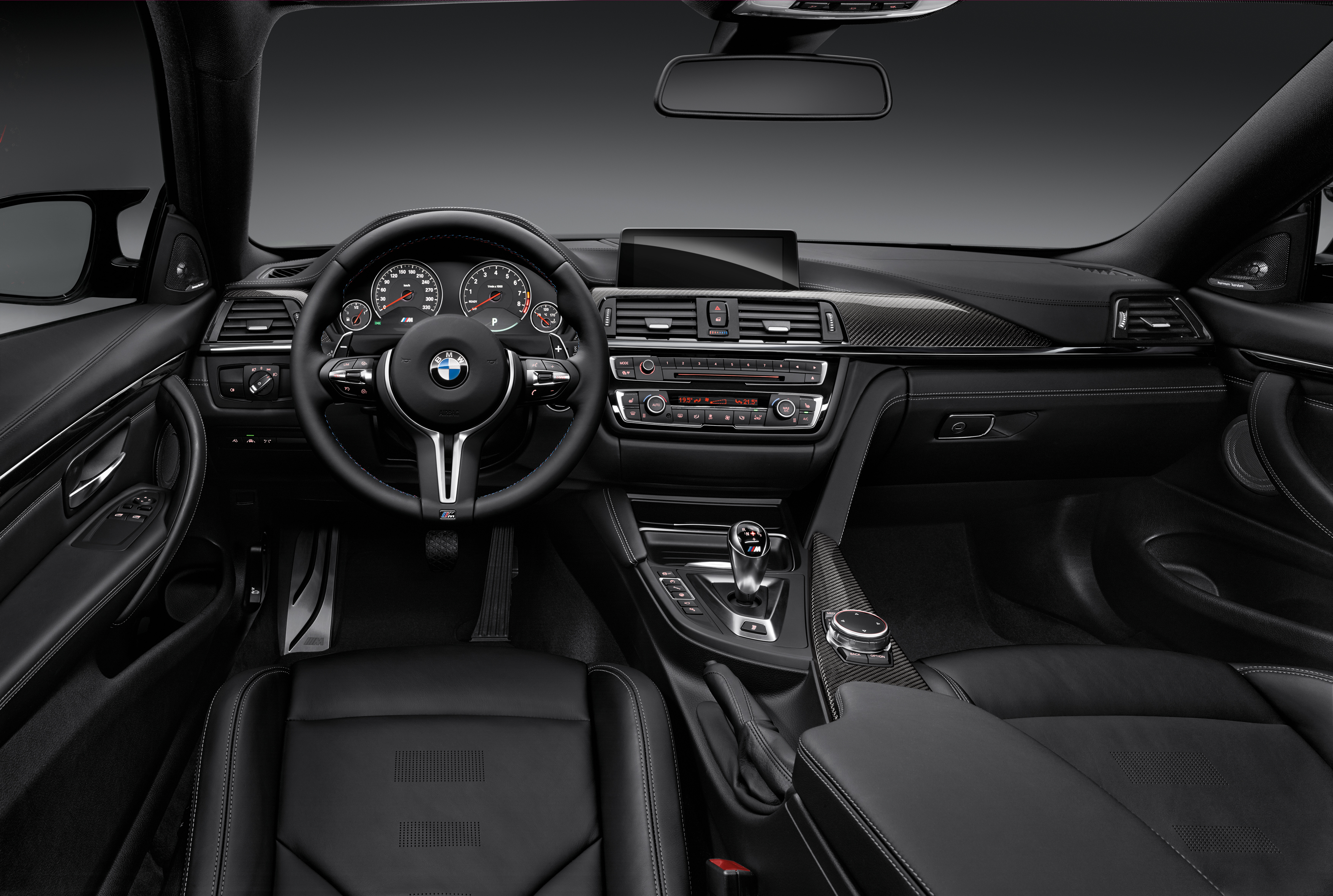
Fit and finish are everything you’d expect from a BMW and less. The designers were very restrained in their application of trim and the overall look and feel is purposeful. The seats are supportive and provide enough bolstering to keep you in place on the track but not so much that you feel constrained when you’re on the street.
There’s only one complaint I have with the car and that’s BMW’s insistence on amplifying the engine noise through the stereo. You can hear it on the video, booming in the background. At first it’s nice to hear the engine but over time it becomes a bit overbearing. I’m not sure if deep in the bowels of the iDrive there’s a way to switch it off, but if there is, that would be one of the first things I’d do were I to own this car.
Driving fast cars can be therapeutic. And the M4 is definitely that. As Albert Biermann said in his thick German accent when he switched off all the traction control and began hanging the M4’s rear end out in every corner, “it’s time to have some fun.”
Yes it is, Albert. Yes, it is.
2015 BMW M4
2-door 2+2 sports coupe
Base price: $65,125
3.0L TwinPower Turbocharged inline 6-cylinder engine
7-speed dual clutch transmission with paddle shifters or 6-speed manual
Wheelbase: 110.7 in
Length: 184.5 in
Width: 73.6 in
Height: 54.4 in
Curb weight: 3556 lb
0-60 mph: 4.1 seconds
Top speed: 155 (electronically limited)
www.bmwusa.com
While the manufacturer paid for travel expenses and provided the vehicles for this story, the opinions and recommendations in this post are 100% ours.

